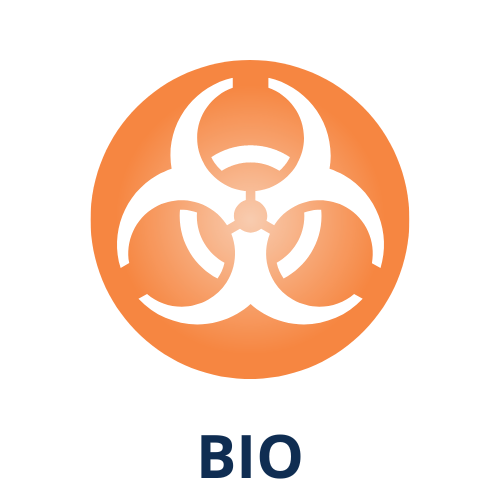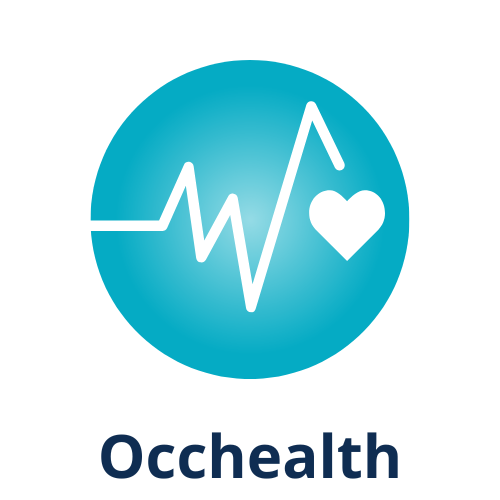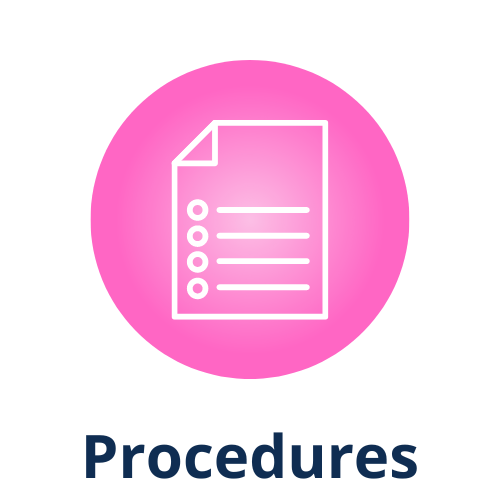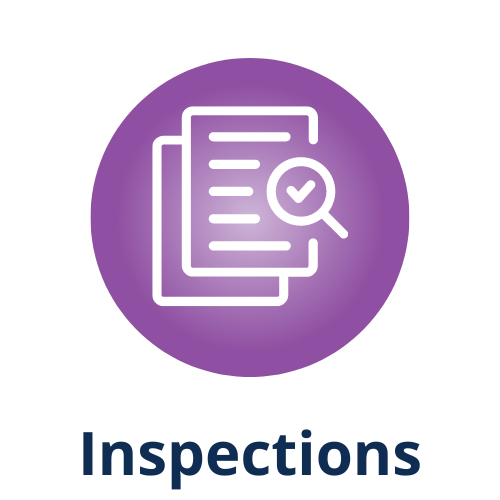Biosafety cabinets, or biological safety cabinets (BSCs), are designed to provide a clean work environment and protection for employees who work with biological hazards.
At a minimum, biosafety cabinets shall be used for BSL-2 work unless the Institutional Biosafety Committee (IBC) permits benchtop work, and when the need arises for manipulations of pathogens that are likely to create aerosols (such as vortexing open tubes, pipetting, opening caps after centrifuging, sonicating, aspirating with a syringe, etc.). Use BSCs for all manipulation of airborne transmitted pathogens.
How Biological Safety Cabinets Work
BSCs use room air which enters the grill at the front edge of the BSC work surface, is mixed with recirculating air stream and passes through a High-Efficiency Particulate Absorbing (HEPA) filter downward toward the work surface, creating a contamination-free zone.
BSCs should be installed away from doors and heavy foot traffic to minimize air currents that may impair the protective air sheet in the front of the cabinet. Sufficient space should be allowed around the cabinet to ensure appropriate airflow.
Improper use of a biological safety cabinet can result in contaminated cultures and expose workers and the environment to biological hazards.
Working Safely in a Biosafety Cabinet
Before introducing research materials and starting work, BSCs should be allowed to operate for 5 minutes to purge the system; the flow alarm system and visual alarm function should be checked (if so equipped).
Surfaces should be wiped down with 10% bleach, followed by a water and a 70% ethanol wipe. Disinfectants other than bleach may be used, as long as the disinfectant is appropriate to inactivate the agents and the contact time associated with efficient inactivation of the agent is adhered to (contact times are found on the disinfectant labels). The Biosafety office can assist in identifying appropriate disinfectants.
If using the internal UV lamp as part of the sterilization process, the lamp should be wiped down with 70% ethanol once a week. As UV lamps may decrease in power overtime, they should not be used as the sole decontamination approach.
It is not allowed to work with more than one person in a BSC, regardless of its size.
The workstation within the BSC should be set up such that work is conducted from “clean to dirty”. That means that stock solutions, clean serological pipets, etc., should be on one side of the cabinet, your working area in the middle and used media, serological pipets, etc., collected on the side opposite of the clean side.
Front, side, and back grills should not be blocked to ensure appropriate airflow within the cabinets (e.g., by using hand rests and only placing items needed for the experiment into the BSC).
Aspiration of culture media with a vacuum should be set up as follows:
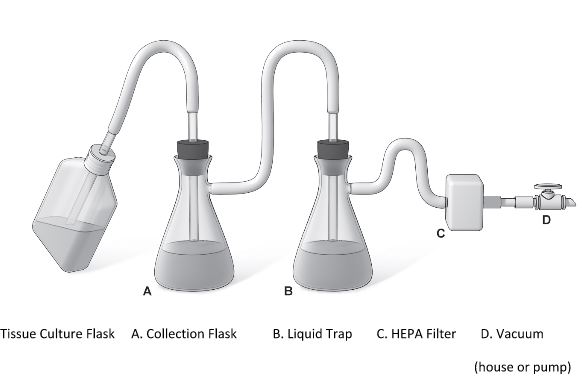
This setup can be right to left or left to right, but on the "dirty" side of the biological safety cabinet.
- Add bleach to primary vacuum flask (A in Figure above) to equal 10 percent of maximum collection volume. Maximum collection volume should be no more than 2/3 full.
- Label flask "Tissue culture media decontaminated with bleach 9:1."
- Aspirate tissue culture volume to the chlorine bleach in the flask to make a final concentration of 10 percent bleach (nine parts TC media:one part bleach).
- After reaching maximum volume, allow a minimum of 20 minutes contact time. Empty flask to laboratory sink followed by copious amounts of water. Flasks should be emptied at the end of each workday.
- Vacuum (D in figure above) is turned off at the end of the day.
- Liquid trap (B) and hydrophobic HEPA filter (C) are placed in line before vacuum source. HEPA filters should be replaced annually or sooner, if contaminated.
No Bunsen burner or other open flame use is allowed in a BSC. If items require sterilization in a BSC, please contact EH&S for alternatives to Bunsen burners.
Biosafety Cabinet Certification
Biosafety cabinets require certification upon installation and annually thereafter certification, if moved to a new location and repaired to ensure proper function.
Certification of BSCs is not conducted by EH&S, but the Biosafety Officer participates in the regulation of BSC use based on certification status. PIs are responsible for having their BSCs certified after initial installation, followed by yearly certification, when the cabinet is relocated, and following repairs. Vendors like Technical Safety Services (TSS) provide certification and decontamination services.
Note that work shall not be conducted in BSCs that are out of date or have expired certification.
Removal of Biosafety Cabinets from the Laboratory
BSCs must be appropriately decontaminated before they are green-tagged for removal from the lab space for relocation, surplus, or disposal to comply with Cal/OSHA regulations and the most current edition of the BMBL (Biosafety in Microbiological and Biomedical Laboratories). Contact EH&S Biosafety for the decontamination requirements that may apply to your BSC.


